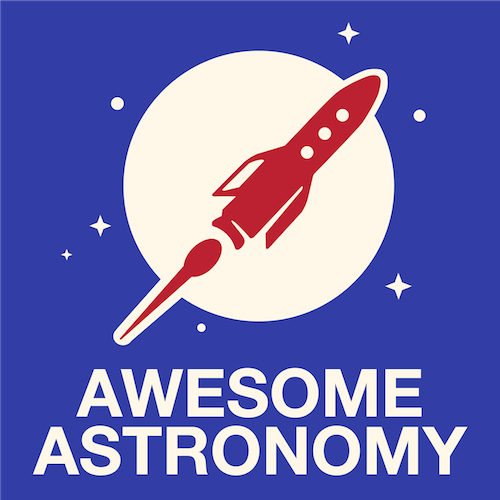In this episode, we’re taking a closer look at Sunspot complex 3664 and the beautiful chaos that it’s been creating.
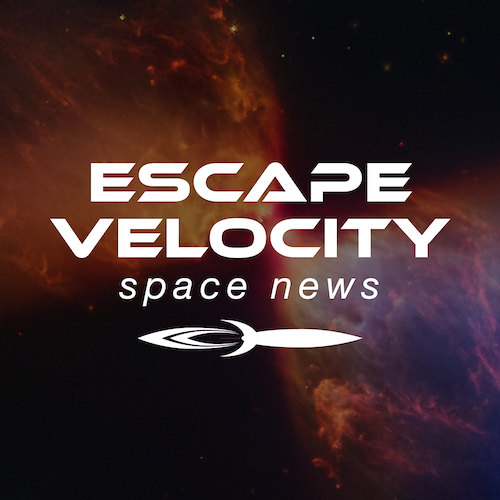

In this episode, we’re taking a closer look at Sunspot complex 3664 and the beautiful chaos that it’s been creating.
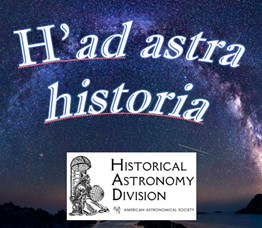
Dr. Steve Maran (retired from NASA and AAS) shares stories with us from his almost 70 years working, and having fun, in astronomy.


Imagine a planet that is so far away from us that it takes 40 years for its light to reach us. Now imagine that this planet has not one, but two stars that it orbits around. And finally, imagine that this planet has clouds made of sand particles that change the brightness of its atmosphere wildly as they move in the air.
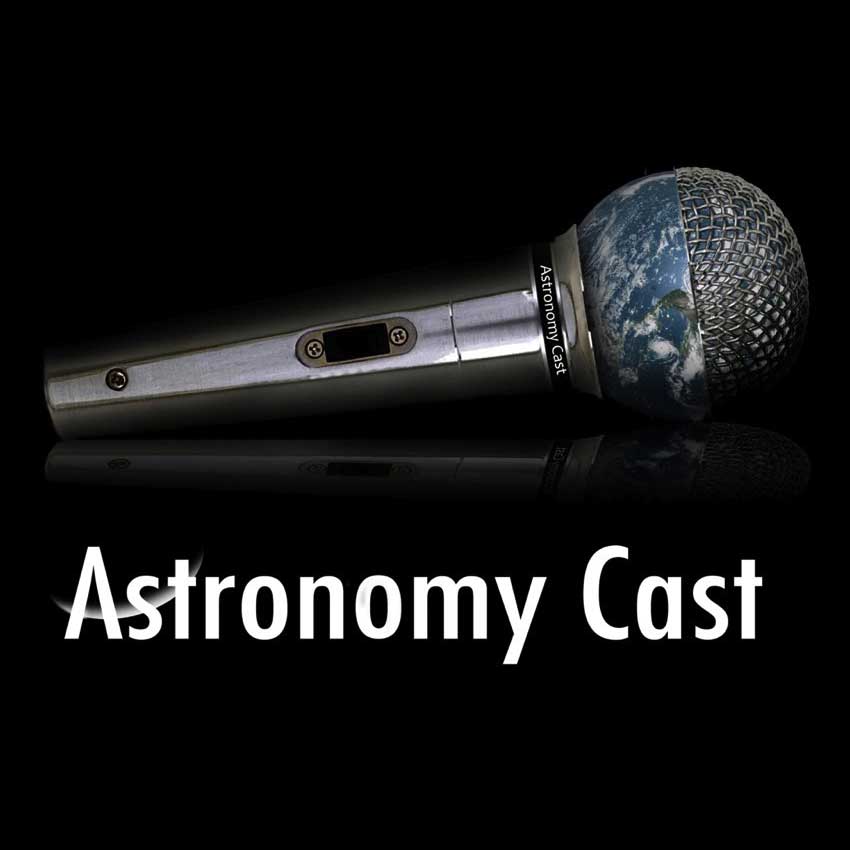
Most of the exoplanets we’ve found are around stars, where they belong. But a few have been found free-floating in interstellar space. How do they form and how can we learn more about them?
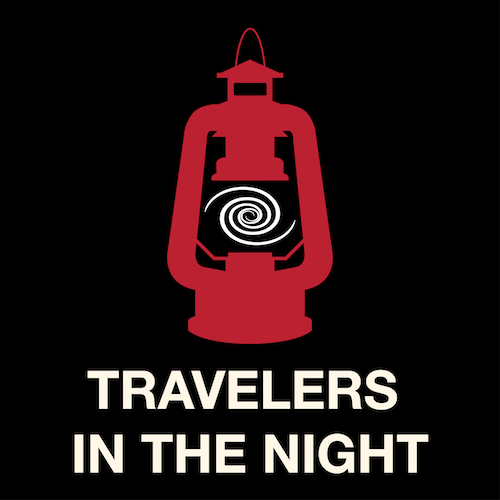
Today Travelers in the Night tell a story about the discovery of P/2018 VN2 (Leonard), a Jupiter family comet whose fate is to become a garden variety main belt asteroid and Comet Lemmon
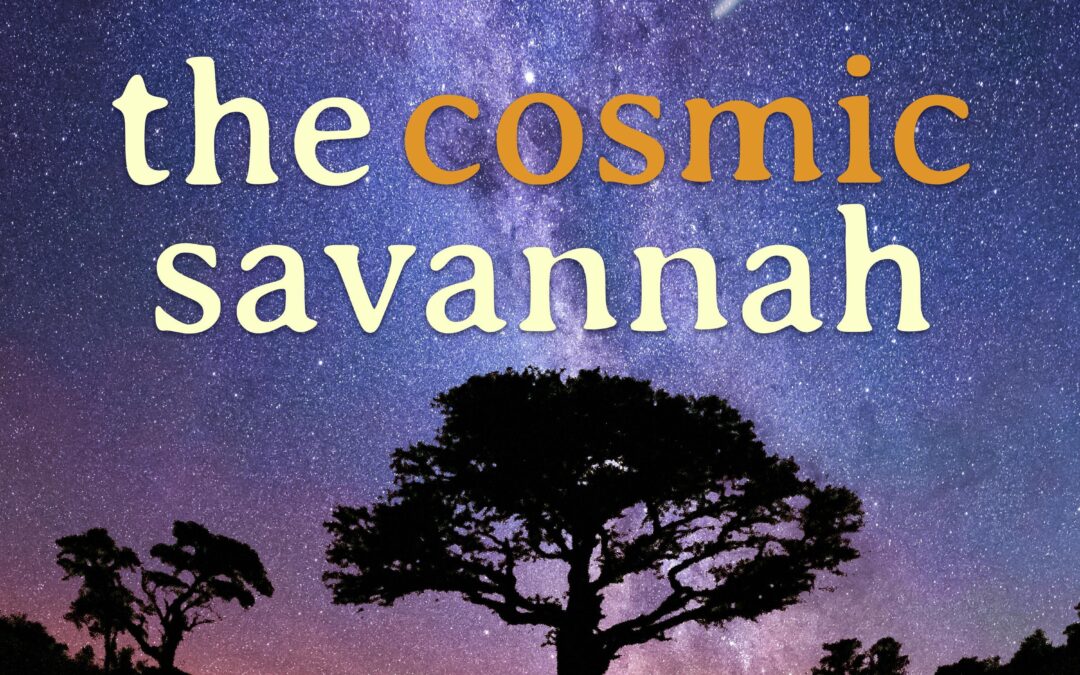
We are joined by Dr. Omima Osman and discuss about cosmic dust as she explains how this dust forms in the death throes of massive stars, how it grows in interstellar space and how it’s then, in turn, destroyed again by the death of stars

A team of scientists collected cores and modeled ice cliff failure and found that Thwaites Glacier in Antarctica is melting more quickly than ever and could be at risk of collapse, threatening global coastlines with almost a meter of sea level rise.
